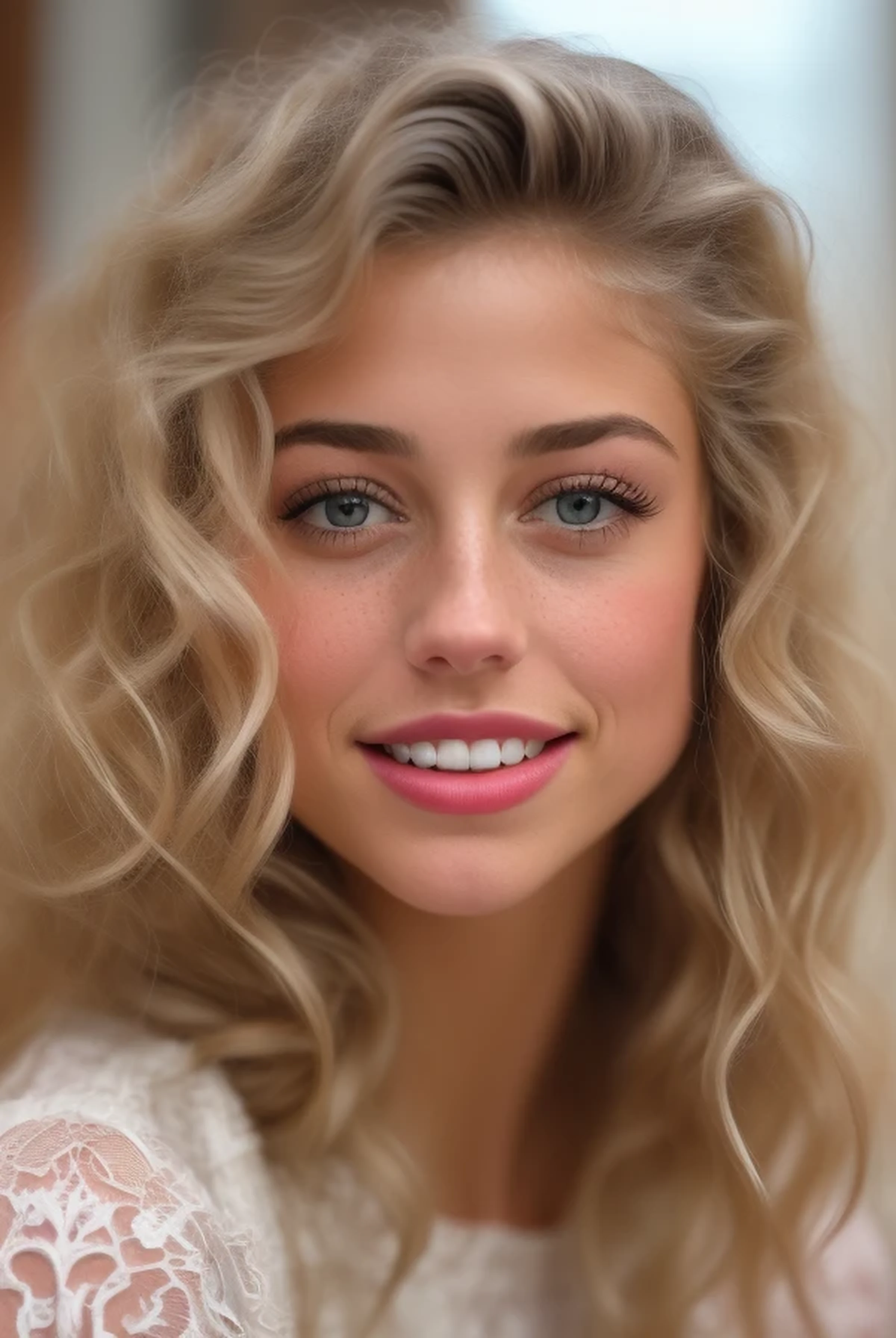How to Create Portraits in Stable Diffusion
23.03.2024

Stable Diffusion is a powerful text-to-image AI model that can be used to create a wide variety of images, including portraits. Here are some tips on how to create stunning portraits with Stable Diffusion:
1. Use high-quality reference images.
The quality of your reference images will have a big impact on the quality of your portraits. Use high-resolution images that are in focus and well-lit. Avoid images that are blurry, pixelated, or poorly lit.
2. Choose the right prompts.
The prompts you use will determine the style and appearance of your portraits. Be as specific as possible when describing the features you want in your portrait. For example, if you want a portrait of a person with a specific eye color, hair color, or facial expression, be sure to mention that in your prompt.
3. Experiment with different settings.
Stable Diffusion has a number of settings that you can experiment with to get the desired results. These settings include:
- Steps: The number of steps that Stable Diffusion takes to generate an image. Higher values will generally result in higher-quality images, but will also take longer to generate.
- CFG scale: A setting that controls the level of detail in the generated image. Higher values will result in more detailed images, but may also introduce noise.
- Seed: A value that controls the randomness of the generated image. Using different seeds will generate different images, even if you use the same prompt.
4. Use the right aspect ratio.
The aspect ratio of your reference image will determine the aspect ratio of your portrait. If you want to create a square portrait, use a square reference image. If you want to create a rectangular portrait, use a rectangular reference image.

5. Use the right lighting.
The lighting in your reference image will have a big impact on the lighting in your portrait. If you want your portrait to have a specific lighting style, use a reference image with that same lighting style.
6. Use the right background.
The background of your reference image will also have an impact on the background of your portrait. If you want your portrait to have a specific background, use a reference image with that same background.
7. Use the right post-processing.
Once you have generated your portrait, you may want to use some post-processing to improve the image. This could include adjusting the brightness, contrast, and saturation. You may also want to add some sharpening or noise to the image.
Here are some additional tips for creating portraits in Stable Diffusion:
- Use a variety of prompts to experiment with different styles and looks.
- Use the inpainting feature to add or remove details from your portraits
With a little practice, you can create stunning portraits with Stable Diffusion.